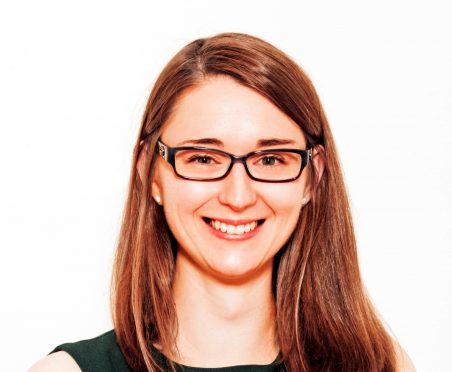Golf has been placed at the heart of a new strategy to lure more visitors from Iceland to the North-East.
More than 63,000 Icelanders are members of golf clubs but can only play on domestic courses for three or four months each year due to ice and snow.
With a population of only 323,000 people that means around one-in-five residents play golf regularly.
VisitAberdeenshire, the destination management organisation (DMO), wants to attract players to some of the North East’s 60-plus world-class courses.
Jenni Fraser, business development manager at the DMO, said: “Golf has long been one of the North-East’s strengths, and the golfing professionals we met with in Reykjavik were very keen to learn more about the region.
“Icelandair’s direct flights from Keflavik airport allow golf fans – and all Icelandic tourists – a fantastic new opportunity to explore the North-East.”
The airline launched its year-round service in March.
Around 11,700 Icelanders visit Scotland each year, staying for around 61,600 nights in total and spending a combined £7.9 million on average, according to the Office for National Statistics.
VisitAberdeenshire said it will “continue to monitor and assess the market before targets are set” for visitor numbers.
Ms Fraser added: “In 2015, the UK was the second-most visited country by Icelandic travellers.
“With more than 71% of Icelanders travelling abroad each year, this is an incredibly important market for Aberdeen and Aberdeenshire to tap into.
“City and shopping breaks as well as business travel make up over half of all Icelandic international travel, so the North-East has a real edge in providing exactly what Icelanders look for in a destination.”
Her comments followed a recent event entitled “Aberdeen Calling Reykjavik”, which was held in Iceland.
Ms Fraser and tourism executive Raeanne Farquhar took representatives from hotels and a destination management company (DMC) to the Icelandic capital to meet with more than 40 tour operators, travel agents, golf operators, corporate travel organisations and members of the media.
Bev Mackinlay, sales manager at Maryculter House Hotel, who attended the event, said: “The trip to Reykjavik was a fantastic experience, and was really worthwhile.
“Many of the agents we met did not know an awful lot about Aberdeen and Aberdeenshire, so it was great to be able to explain to them all we have to offer throughout the North-East.
“We look forward to working with VisitAberdeenshire in the future to bring tourism professionals over from Iceland to experience the region for themselves, which will aid them in spreading the message throughout the country.”
Other hotels that took part in the visit included Aberdeen Altens, Aberdeen Douglas, Marcliffe, Mercure and Skene, along with Simplicity DMC.
The trip came just weeks after First Minister Nicola Sturgeon unveiled a memorandum of understanding between national tourism agency VisitScotland and the Icelandic Tourist Board.
Under the deal, the two organisations will share data and best practice in areas including information provision, quality development and sustainability.
VisitScotland already has similar agreements in place with organisations in Flanders, Nova Scotia and Sweden.










